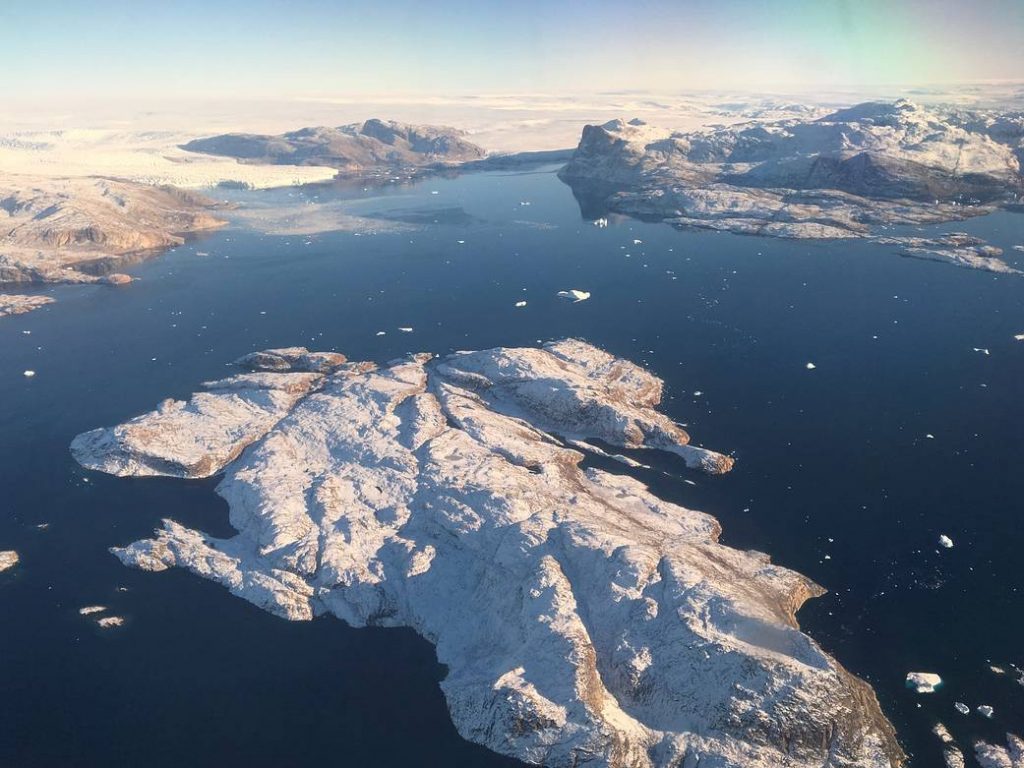PNAS study: Greenland’s ice sheet loses six times more mass today than in the 1980s
Post-doc Anders A. Bjørk, from the DNRF’s Center for GeoGenetics, is part of an international research project that has measured how much of Greenland’s ice has melted since 1972. The extensive project now concludes that the ice sheet loses six times more mass today than in the 1980s. The research project was recently published in the scientific journal PNAS.

Anders A. Bjørk, a post-doc at the DNRF’s Center for GeoGenetics at the University of Copenhagen, is part of a large international research project that has calculated the melting rate of Greenland’s ice sheet from 1972 to today. The researchers have now concluded that the Greenland’s ice sheet loses six times more mass today than in the 1980s. The project’s results have been published in PNAS.
Besides the DNRF’s Center for GeoGenetics, the international research project includes researchers from the University of California, Utrecht University, and Université Grenoble Alpes. With the help of advanced satellite measurements and climate models, the research team has been able to reconstruct the ice plates from the 1970s and the 1980s as they looked back then – data that hitherto have been insufficient. But now the researchers’ results show that the Greenlandic ice sheet in the 1970s increased by no less than 47 gigatons of ice, on average, each year until 1980. In the 1980s the melting rate began to rise, which means that the ice sheet from 1980 to 1990 lost 51 gigaton tons of ice each year. Since then, the melting rate has doubled six times, and between 2010 and 2018, the melting rate has been around 290 billion tons, on average, every year.
With the help of the measurements of the melting rate through the years, Bjørk and the rest of the international research team believe that the water from the melting ice sheet alone has contributed to the rise of the world’s oceans by 13.7 millimeters since 1972.
